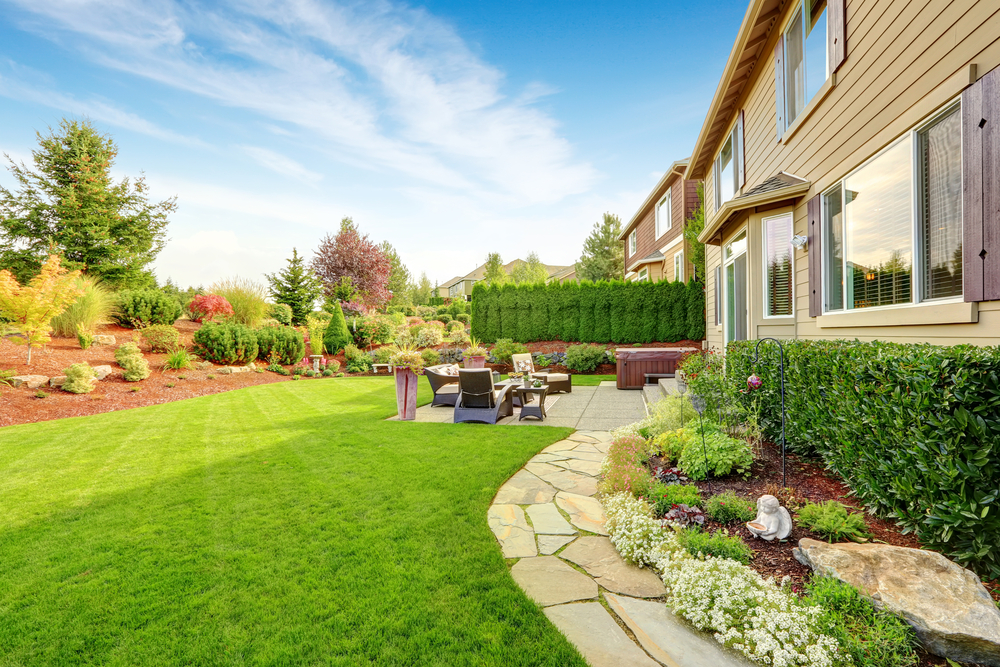Maintaining a healthy, green lawn is a rewarding task that enhances the beauty and environmental quality of your home. Proper lawn care involves understanding the specific needs of your grass and soil, and implementing a consistent maintenance routine. This comprehensive guide provides essential lawn care practices to ensure a vibrant lawn throughout the year.
Understanding Your Lawn
The first step in lawn care is identifying the grass type. Each type, whether it’s Kentucky bluegrass, Bermuda, or fescue, has unique requirements for sunlight, watering, and nutrition. Knowing your grass type enables tailored care, ensuring optimal growth and health.
Soil Health and Preparation
Soil quality directly impacts lawn health. Conduct a soil test to determine its pH and nutrient composition. For acidic soils, lime can be applied to raise the pH, while sulfur may be needed to reduce alkalinity in basic soils. Enhancing soil with organic matter such as compost improves structure, aeration, and nutrient content, fostering a stronger root system.
Mowing Techniques
Mowing correctly is vital for a healthy lawn. The one-third rule, where no more than one-third of the grass blade is cut in a single mowing, prevents stress and maintains root strength. Dull mower blades tear the grass, leading to brown tips and increased disease susceptibility. Regular blade sharpening and alternating mowing patterns encourage upright growth and prevent soil compaction.
Watering Wisely
Watering practices significantly affect lawn health. Lawns typically need about one inch of water per week, either from rainfall or irrigation. Watering should be done early in the morning to reduce evaporation and water waste. Adjust watering based on weather conditions; less is needed during cool or rainy periods, and more during dry spells. Monitoring with a rain gauge ensures accurate watering.
Fertilization
Fertilization replenishes essential nutrients. Select a fertilizer formulated for your specific grass type and soil needs. Timing is critical; fertilize during peak growth periods for your grass type. Avoid over-fertilization, which can lead to excessive growth, lawn burn, and environmental harm.
Weed and Pest Control
Effective weed and pest management is crucial for lawn health. Integrated pest management (IPM) focuses on preventive measures and minimal chemical use. Regular lawn inspections help identify and address infestations early. Opt for natural or organic weed and pest control methods, and use chemical treatments as a last resort, following all safety guidelines.
Aeration and Overseeding
Aeration relieves soil compaction, allowing water, air, and nutrients to reach the root zone. Annually aerating your lawn promotes healthy growth and reduces thatch buildup. Overseeding, particularly in the fall, helps maintain a dense, lush lawn, which naturally resists weeds and diseases.
Seasonal Lawn Care
Tailor lawn care to the changing seasons:
- Spring: Focus on cleaning up debris, applying pre-emergent weed control, and starting the mowing routine. Spring is also an ideal time for fertilization.
- Summer: Maintain consistent watering and mowing. Treat for pests and apply post-emergent weed control if necessary.
- Fall: This is the best time for aeration, overseeding, and applying a winterizing fertilizer. Preparing the lawn for winter ensures a quick recovery in spring.
- Winter: Limit foot traffic on dormant grass. Avoid using salt-based deicers near the lawn, as they can harm grass and soil.
Lawn Care Safety
Safety in lawn care cannot be overstressed. Always wear appropriate personal protective equipment (PPE) when handling lawn care products and machinery. Regular maintenance of tools and equipment ensures safe and effective operation.
Conclusion
A well-maintained lawn is a source of pride and contributes positively to the environment. By understanding and implementing these essential lawn care practices, homeowners can enjoy a lush, green yard that is both beautiful and sustainable. Regular care and attention to your lawn’s unique needs will yield a vibrant outdoor space for relaxation and enjoyment.

